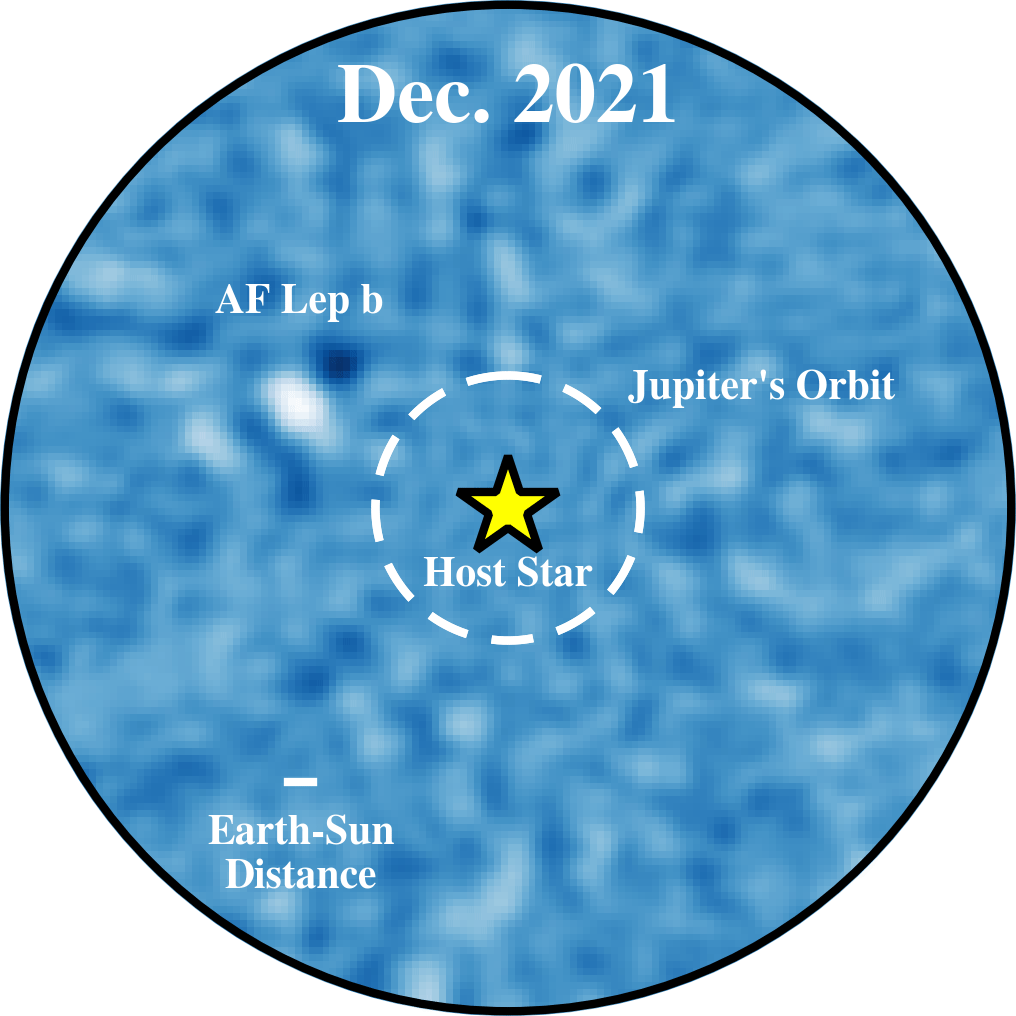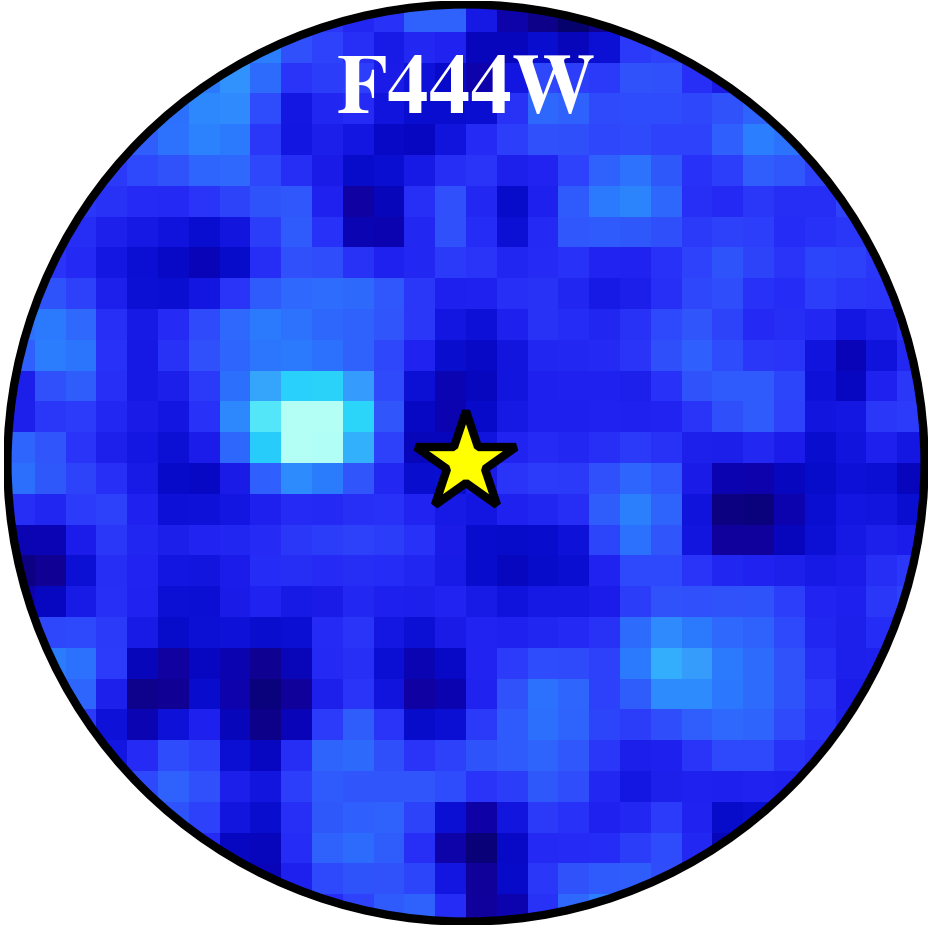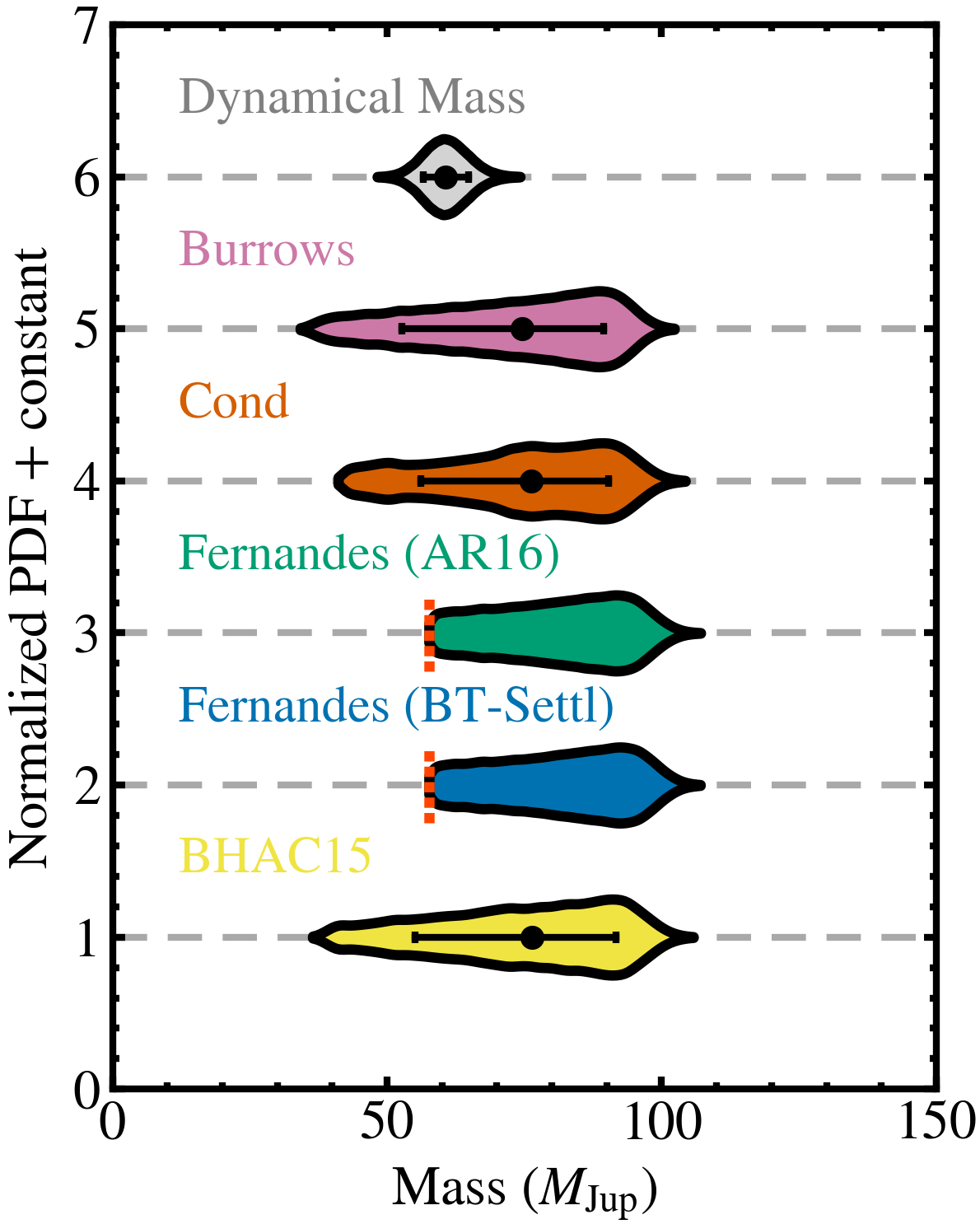Hi, I’m Kyle Franson
I am a NASA Sagan Fellow at the University of California, Santa Cruz. My research combines astrometry and high-contrast imaging to discover and characterize exoplanets on wide orbits. I am generally interested in questions around the formation, evolution, and atmospheres of giant planets. I completed my PhD at The University of Texas at Austin with Prof. Brendan P. Bowler.
If you’re interested in my work or potential collaborations, feel free to check out my CV or contact me!
- Giant planet formation, evolution, and atmospheres
- High-contrast imaging
- Astrometric accelerations
- Dynamical mass measurements
PhD Astronomy, 2025
The University of Texas at Austin
BS Physics, 2019
University of Michigan
My primary research interest is studying the formation and atmospheres of giant planets on wide orbits through high-contrast imaging. As a graduate student, I led a multi-facility direct imaging survey of the most promising young accelerating stars between Hipparcos and Gaia. This efficient campaign produced exciting discoveries including AF Lep b, the lowest-mass imaged exoplanet with a direct, dynamical mass measurement. I also work more broadly on characterizing the atmospheres of planets and brown dwarfs and testing substellar evolutionary models with dynamical mass measurements. Looking forward, I am excited to combine Gaia DR4 astrometry with next-generation high-contrast imagers to dramatically expand the sample of imaged exoplanets.
Outside of research, I am passionate about mentorship and outreach, serving as an informal mentor for several undergraduate students and co-organizing Starbound planetarium visits at local schools. Outside of astronomy, I enjoy playing music, cooking, and spending time with our two greyhounds.
I am leading a multi-facility high-contrast imaging survey of the most promising young, nearby accelerating stars to efficiently discover new long-period planet and brown dwarf companions. The highlight of this program has been the discovery of AF Lep b with the NIRC2 camera at Keck Observatory. With a dynamical mass of $3 \, M_\mathrm{Jup}$ and semi-major axis of 9 au, it is the lowest-mass imaged exoplanet with a direct mass measurement. This is an exciting addition to the small sample of directly imaged planets! The planet shows evidence of spin-orbit alignment, enhanced atmospheric metallicity, a circular orbit similar to other imaged planets, and a potential delay in its formation revealed by its dynamical mass. These lines of evidence suggest that the planet likely formed through core accretion.
I recently led a JWST Cycle 2 DD program with William Balmer to characterize the atmosphere of AF Lep b with JWST/NIRCam 4.4 micron imaging. At a separation of 320 mas, AF Lep b is a challenging planet to recover with JWST. At these wavelengths, AF Lep b is only two resolution elements (five NIRCam pixels) away from the host star. Furthermore, over 90% of the light from the planet is blocked by the coronograph at this separation. Despite these challenges, we successfully recovered the planet at a high significance at its expected location. The resulting photometry produced clear evidence for the presence of disequilibrium chemistry and enhanced metallicity in the atmosphere of AF Lep b. This is an exciting technical achievement for NIRCam coronagraphy — at the time, AF Lep b was the closest separation planet successfully imaged with JWST!
I have carried out the measurement of the dynamical masses of two known brown dwarf companions HD 984 B and PZ Tel B, and one brown dwarf companion discovered through my survey HIP 21152 B. Dynamical masses of substellar companions offer rare opportunities to test substellar evolutionary models and their underlying assumptions about the formation and thermal evolution of substellar objects. Hipparcos-Gaia accelerations have recently opened up these valuable direct mass measurements for a small sample of long-period planets and brown dwarf companions. Both HD 984 B and PZ Tel B’s dynamical masses are broadly consistent with hot-start evolutionary models. HIP 21152 B has a lower dynamical mass than predicted by models. Gaia DR4 astrometry is poised to improve the precision of these and other dynamical mass measurements.


